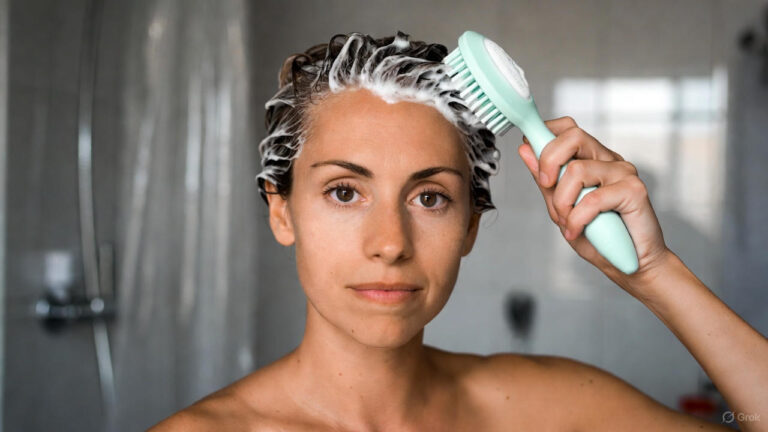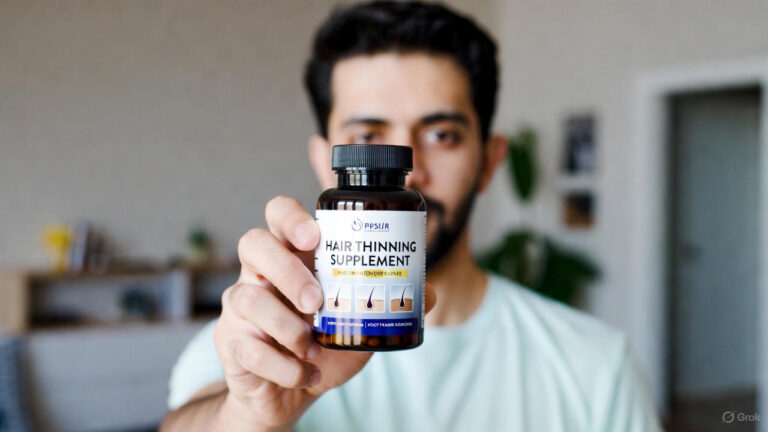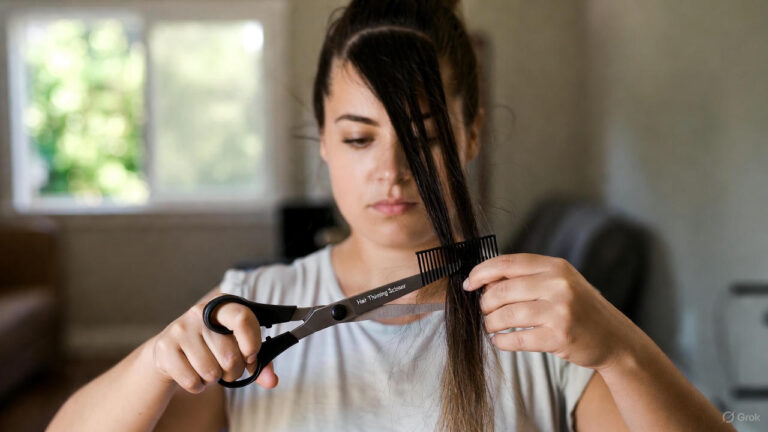Greasy hair can be a challenge to manage, whether you have short or long hair. From dry shampoo to natural remedies, there are many different methods you can use to tame greasy hair.
In this blog post, we’ll cover the best tips and tricks to get your hair to look perfect without the greasy feeling. Read on to learn more!
Understanding Greasy Hair
Greasy hair occurs when the scalp produces too much oil, which can make hair look and feel greasy. This oil, also known as sebum, is produced by the body to help keep hair and skin in good condition. However, when too much is produced, it can make hair oily and limp.
Symptoms of greasy hair can include an oily scalp or a feeling of greasiness on the tips of your hair, as well as a general feeling that your hair looks limp or unkempt. Greasy hair may be caused by a variety of factors including genetics, hormone imbalance, poor diet, or washing habits.
Meanwhile, it can also be prevented with regular shampooing and conditioning. For those suffering from greasy hair, it is important to use a suitable shampoo to reduce excess oil production and help keep your hair looking healthy and vibrant.
To understand greasy hair better, it’s important to understand why the scalp produces too much oil in the first place. Factors such as hormones, stress, diet, product usage, and genetics can all contribute to greasy hair.
Finally, greasy hair can be an irritating issue to deal with. Understanding the causes of too much oil production from the scalp, such as hormones, stress, diet, product usage, and genetics can help us better understand why we experience greasy hair.
Troubleshooting Greasy Hair
Greasy hair is caused by excess oil production on the scalp, so it’s important to find ways to reduce that oil production. Fortunately, hair care products like dry shampoos and hair masks can be used to absorb the excess oil and exfoliate the scalp.
- Regular hair washing with pH-balanced hair cleansers is also important in order to keep hair clean, healthy, and looking its best.
- A balanced diet rich in protein and omega-3 fatty acids can help give hair a fuller and healthier appearance while providing the scalp with the necessary nutrients.
- Using shampoo and conditioner specifically designed for greasy hair, these products are formulated to help balance oil production and keep hair from appearing too oily. These hair care products contain ingredients that work to help balance oil production in the hair and scalp, making hair look less greasy.
Everyday Tips for Controlling Greasy Hair
Great Shampoo and Conditioner
To control greasy hair on a daily basis, start with a good shampoo and conditioner. Look for ones that are specifically formulated for oily or greasy hair—choose gentle formulas that are free of sulfates, as these can strip away natural oils and make your scalp even oilier.
Also, opt for a lighter conditioner as heavier formulas can leave your hair feeling greasy or weighed down. When you shampoo and condition, focus on the scalp and mid-lengths only—the ends of your hair shouldn’t be greasy anyway so avoid putting too much product here.
Many shampoos marketed as “deep-cleaning” can strip away essential oils, making it easier for sebum (the natural oil produced by your scalp) to quickly accumulate again. Look for sulfate-free shampoos and products designed specifically for greasy hair that help balance oil production without drying out your scalp
Use Cool Water
After you’ve washed your hair, use cool water to rinse out the shampoo and conditioner—hot water will only increase the production of sebum and make your hair look greasier.
Hot water can stimulate your hair follicles and sebaceous glands, resulting in increased production of sebum and making your hair appear greasy and dull. Cool water helps to close hair cuticles, reducing the amount of grease hair accumulates throughout the day.
Moderate Washing
Additionally, washing your hair only two to three times per week will help reduce greasiness as over-washing strips hair of its natural oils. Greasy hair can quickly accumulate oils and dirt, so it’s helpful to give your scalp time to rest between washes.
Using Dry Shampoo
Once you’ve finished showering, try using a dry shampoo or an absorbent powder to soak up excess oil from your scalp without leaving any residue behind.
Dry shampoos and absorbent powders are excellent solutions for absorbing excess oil from the scalp. With regular use of these products, you can keep your hair looking and feeling its best.
Use Leave in Conditioner
You can also try using a leave-in conditioner that’s designed for oily hair; this will help lock in moisture without making your hair look greasy. Leave-in conditioners can also provide extra moisture without making hair look greasy.
Conclusion
Taming greasy hair might seem like a difficult challenge, but it doesn’t have to be. With the right combination of hair products, natural remedies, and other helpful tips and tricks, you can achieve a perfectly managed look. The most important thing is to find out what works best for your hair type and stick with it!



